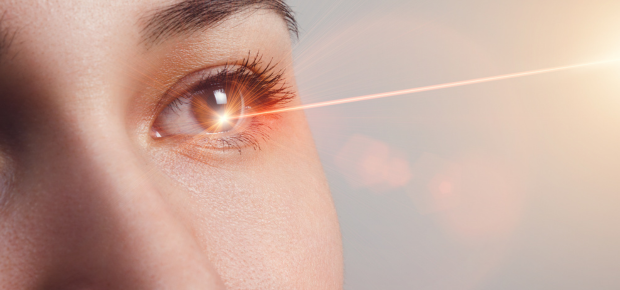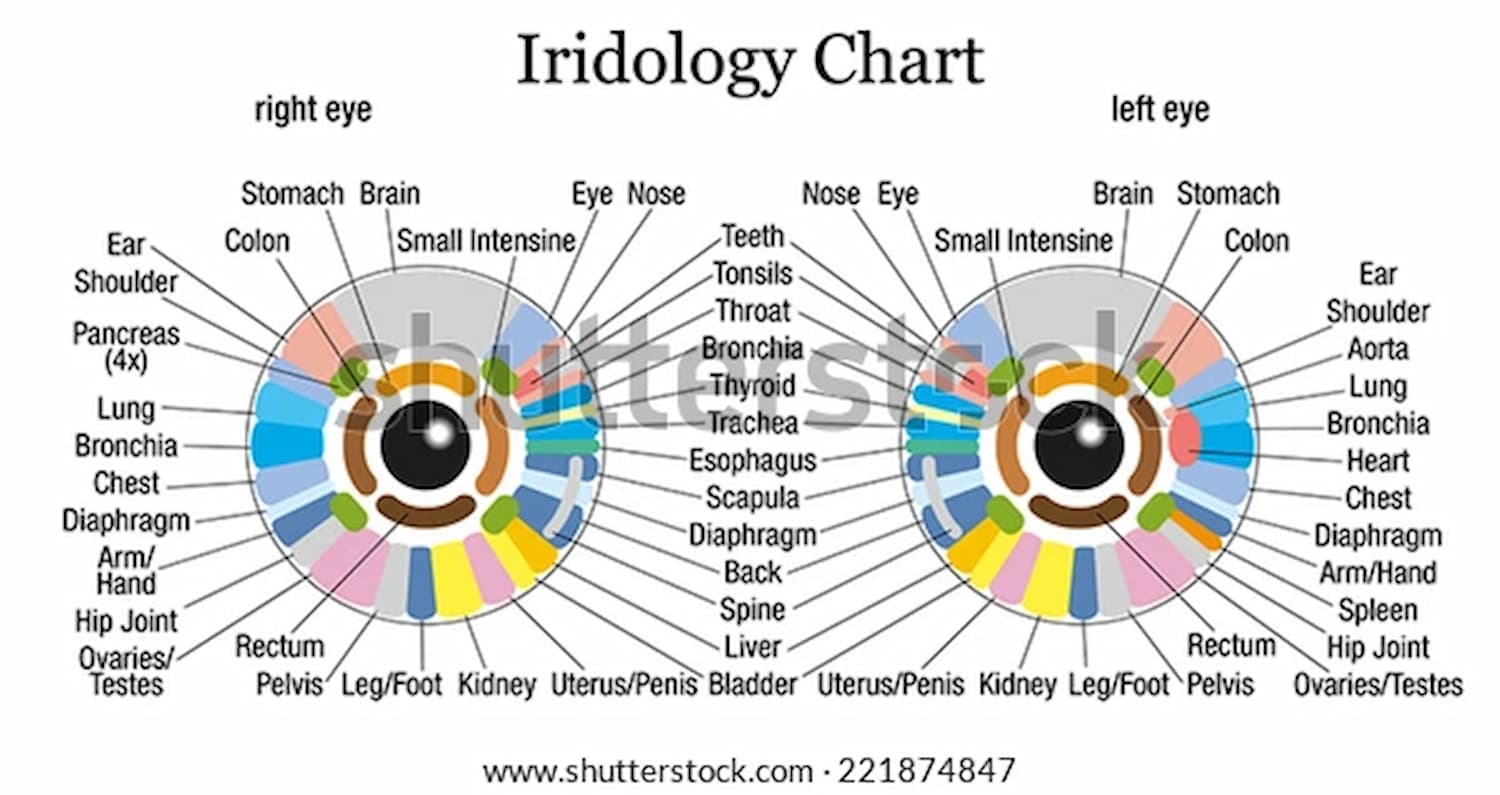
Ever had someone tell you your eyes say a lot about you? Turns out, they might not just be talking about your emotions. Welcome to the world of iridology, where trained practitioners read the patterns and colours in your iris to understand what’s happening in your body—sometimes before symptoms even show up.
Sounds wild, right? But it's a real, growing field in the natural health world, especially here in Australia. If you’ve ever considered adding a new tool to your holistic health kit, or just find it fascinating how connected everything is, studying iridology might be right up your alley.
Let’s break it down in everyday language and talk about how to get started, where you can learn it, and what sort of path it opens up.
What is iridology?
At its core, iridology is the study of the iris—the colourful ring around your pupil. Iridologists look at the patterns, fibres, textures, and colours in your iris to gather insights into your overall health and inherited traits.
Now, here’s the important bit: iridology doesn’t diagnose diseases. You’re not going to hear “You have liver disease” from an iridologist. Instead, they identify imbalances or weaknesses in certain body systems and flag areas that might need more support or attention.
So how does it work?
The iris is kind of like a health map. Think of it as a dashboard. Each section of the iris corresponds to a different organ or system. When an iridologist examines it—often using a high-resolution photo and magnifying tools—they look for signs that may suggest inflammation, toxicity, or nutritional deficiency.
It’s subtle. But it can be powerful when paired with other holistic practices.

Source: Shutterstock
Why people study iridology
Honestly? People come to iridology for all sorts of reasons.
Some are already natural health practitioners—naturopaths, herbalists, massage therapists—and want to offer their clients another layer of insight. Others are totally new and just find the mind-body-eye connection fascinating.
Here are some personal perks I’ve heard people mention:
-
You develop a deeper understanding of holistic health
-
It’s incredibly visual and intuitive (great if you're a visual learner)
-
It helps build stronger client trust in wellness consultations
-
You gain a non-invasive method to assess someone’s vitality
And let’s not forget the wow factor when someone’s blown away by what you can tell just from looking at their eyes!
What are the benefits of iridology?
While iridology isn't about diagnosing conditions, it’s incredibly helpful for prevention and early intervention. Think of it as an internal whisper before the body starts to shout.
Some of the insights iridology may help highlight include:
-
Toxin build-up
-
Nutritional imbalances
-
Stress-related signs
-
Inflammation markers
-
Potential genetic predispositions
-
Weakened organ systems
Here’s a quick snapshot of what iridologists often pick up on:
| Potential indicators | Related issues |
|---|---|
| Cloudy or white rings | Cholesterol, circulatory problems |
| Brownish discolourations | Liver strain or toxin load |
| Radial furrows (spoke-like) | Digestive or nervous system strain |
| Darkened areas | Congestion or low function in specific organs |
Just keep in mind—this isn’t a replacement for a doctor’s diagnosis. It’s about adding layers to understanding health.
What you'll learn in an iridology course
Alright, so if you’re keen on diving in, what exactly does studying iridology involve?
Most professional iridology courses cover the following:
-
History and philosophy of iridology
-
Iris anatomy and structure
-
Iris topography: learning the ‘map’ of the iris
-
Markings and patterns: how to read and interpret them
-
Linking iris signs to organ systems: digestive, nervous, endocrine, etc.
-
Using an iridology chart and image capture techniques
-
Ethics and client communication
Courses range from short certifications to more detailed diplomas. Some are standalone, while others are part of a broader naturopathy or complementary medicine qualification.
And yes, many courses are flexible and can be studied online—great news if you’re juggling other life commitments.
Where to study iridology in Australia
Australia is actually a great place to study iridology. We’ve got some fantastic institutions that offer recognised training.
Here are a few worth checking out:
-
Health and Harmony Colleges: offers flexible online courses
-
Australian College of Natural Medicine (Endeavour): often includes iridology in broader naturopathy degrees
-
Nature Care College (Sydney): popular for short professional development courses
You can also visit the Natural Therapy Pages course directory to explore your options. It's a helpful spot to compare course lengths, fees, and learning styles.
What about qualifications and associations?
To practise professionally in Australia, it’s a good idea to complete a certificate or diploma course that’s recognised by professional associations like:
These associations often provide CPE (Continuing Professional Education) opportunities too, so you can keep learning and remain certified.
Having that membership also gives clients peace of mind—they’ll know you’ve met professional standards and follow ethical practices.
Wrapping it up
If you’re even a little bit intrigued by how much our eyes can say about our health, studying iridology might be the next natural step on your wellness journey.
It’s not just a fascinating skill—it’s also a conversation starter, a confidence booster for practitioners, and a gentle, non-invasive tool to help guide people towards better health.
And honestly? It’s a bit magical. There’s something deeply human about sitting across from someone, looking into their eyes, and helping them understand their body in a way they never have before.
Want to learn more or find a course that suits you? Browse through the Natural Therapy Pages’ iridology course listings and take that first step.
You might just find your new calling hidden right there in the eyes.
|
Do you have a natural health & wellness business? |




